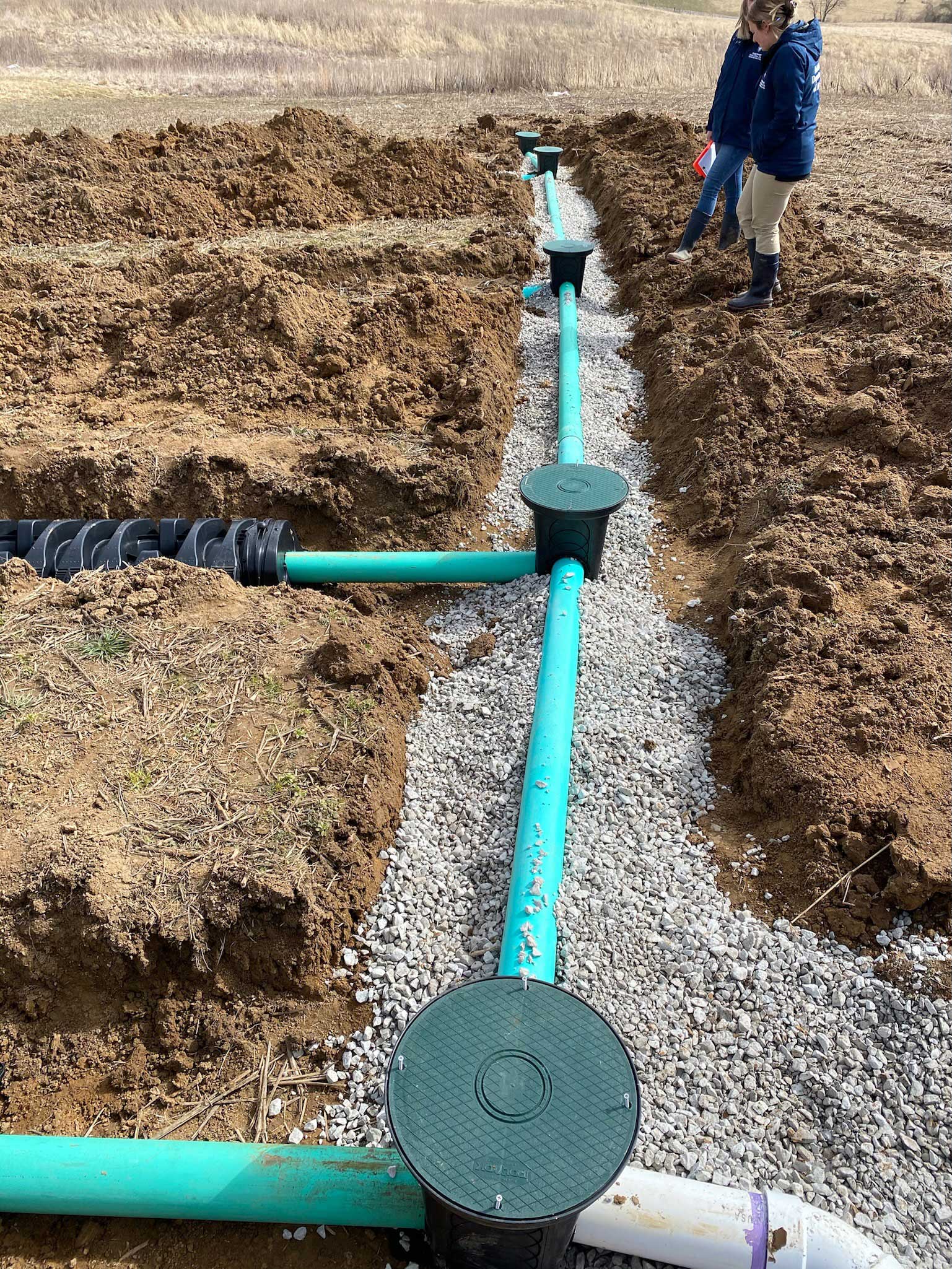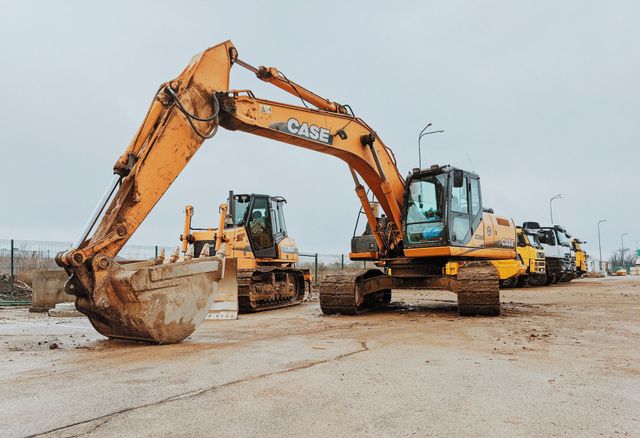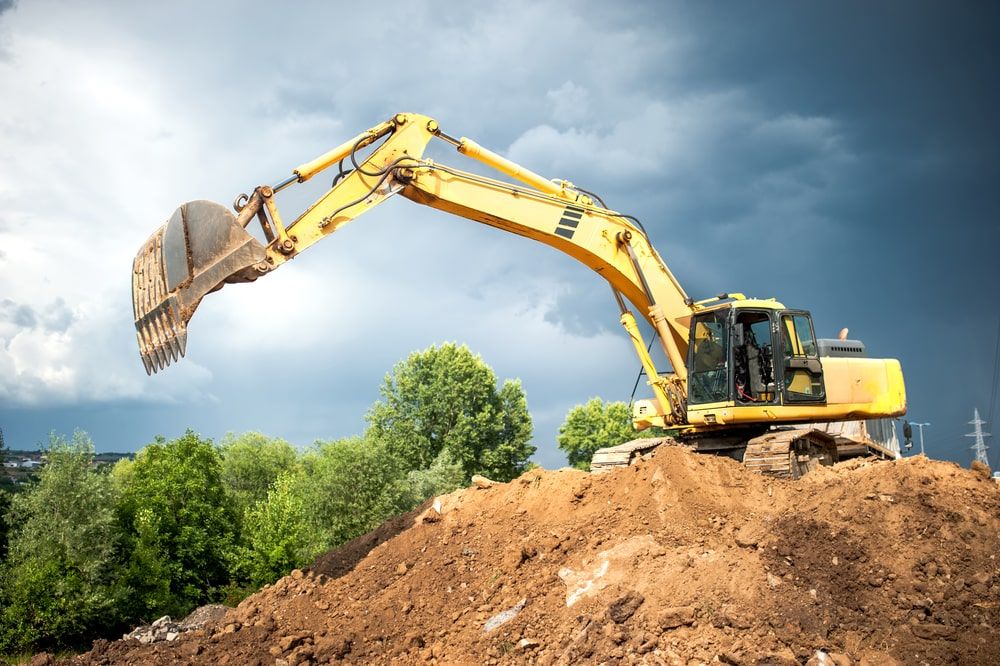Revealing the Art of Excavation: Pro Tips for Safe and Productive Excavating
As soil is turned and planet is moved, the ins and outs of excavation expose themselves, requiring an eager understanding of devices, dirt structure, security procedures, and environmental considerations. The expertise required to browse these aspects effectively can mean the difference in between a successful excavation task and a possible calamity.
Value of Correct Devices
To guarantee the safety and security and efficiency of any type of excavation job, making use of the appropriate devices is extremely important. Excavation tasks vary in extent and complexity, varying from small property landscape design jobs to large-scale building endeavors.
These functional equipments come in various dimensions to suit different job demands. Miniature excavators are suitable for smaller tasks, while bigger excavators deal with a lot more comprehensive projects effectively.
In addition to excavators, other critical equipment consists of dump trenchers, excavators, and trucks. Discard vehicles are necessary for removing and transporting excavated products, while trenchers are utilized for excavating deep and slim trenches. Bulldozers master jobs that need pressing big amounts of soil or particles. By spending in the ideal devices, excavation jobs can be completed safely, on time, and with precision.
Recognizing Dirt Structure
An extensive grasp of dirt composition is fundamental for executing excavation tasks with accuracy and security. Recognizing the various kinds of dirt is important as it straight impacts excavation techniques, equipment selection, and general job efficiency. Dirt composition usually is composed of 4 major components: sand, silt, clay, and organic issue. Each component has distinct homes that influence how dirt reacts to excavation processes.
Sand particles are the largest and provide excellent water drainage yet use little communication. Silt particles are smaller sized than sand however bigger than clay, providing modest drain and cohesion. Clay fragments are the tiniest and provide high cohesion however inadequate drain. Organic matter, such as decaying plant product, impacts soil fertility and security.
Before starting excavation, performing soil examinations to identify its composition and qualities is crucial. This information helps in selecting the ideal tools, executing precaution, and establishing excavation approaches customized to the details soil problems - lancaster excavation. By recognizing soil make-up, excavation experts can boost task outcomes while making certain safety and adherence to ideal methods
Security Procedures and Methods
Understanding soil make-up is the keystone upon which security measures and procedures for excavation tasks are built, making certain the health of workers and the success of the venture. When it involves safety throughout excavation, there are numerous key procedures that must be applied to reduce dangers and prevent crashes.
Primarily, prior to any digging commences, a detailed evaluation of the site must be performed to recognize any potential risks such as underground utilities, unsteady soil conditions, or close-by frameworks that can pose a danger. It is essential to have a skilled individual look after the excavation process to make certain that all security methods are complied with purely.
Moreover, all employees included in the excavation has to be appropriately educated in risk-free excavating techniques and the correct operation of tools. By adhering to these safety and security measures and protocols, excavation tasks can be completed effectively and without event.
Effective Excavation Planning
When beginning on an excavation he said project, precise preparation is vital to guarantee efficiency, security, and successful end results. Efficient excavation preparation involves several vital steps that are critical for the smooth implementation of the project. The initial step is to carry out a thorough website evaluation to recognize any type of possible dangers, such as below ground utilities or unsteady dirt conditions. This info is important for creating an in-depth excavation plan that includes precaution and risk reduction techniques.
Once the site analysis is full, the following step is to develop a clear timeline and schedule for the excavation tasks. This consists of determining the sequence of tasks, equipment demands, and workforce appropriation. Correct scheduling assists stay clear of hold-ups and guarantees that the project remains on track.

Moreover, communication among all employee is extremely important during the preparation stage. Clear regulations, normal updates, and effective coordination are important for a successful excavation task. By investing effort and time in careful planning, excavation groups can substantially improve efficiency, lessen dangers, and accomplish successful outcomes.

Managing Ecological Factors To Consider
With enhancing focus on environmental sustainability in construction techniques, handling ecological considerations has come to be a crucial facet of excavation jobs. Excavation tasks have the prospective to impact the surrounding environment with soil erosion, sediment drainage, habitat interruption, and contamination of water sources. To minimize these risks, it is necessary to carry out best methods that focus on environmental management.

Furthermore, proper waste administration is essential to avoid dirt and water contamination. Implementing treatments for the disposal of hazardous materials, recycling of waste materials, and reducing making use of hazardous chemicals can considerably reduce the environmental influence of excavation tasks. By integrating these methods into excavation preparation and implementation, building business can guarantee that their tasks are not only secure and effective however also ecologically responsible.
Conclusion
Finally, mastering the art click for more of excavation requires a thorough understanding of correct tools, soil make-up, precaution, and efficient preparation. By complying with these guidelines and taking into consideration our website ecological aspects, excavations can be performed securely and efficiently. It is crucial to prioritize security and productivity in every digging job to guarantee effective outcomes.
As soil is transformed and earth is relocated, the intricacies of excavation expose themselves, demanding a keen understanding of tools, soil make-up, safety procedures, and ecological considerations.To make certain the safety and security and performance of any excavation task, using the appropriate devices is extremely important.A detailed understanding of dirt structure is basic for performing excavation tasks with accuracy and safety. Recognizing the various types of dirt is critical as it directly affects excavation approaches, devices choice, and total project efficiency. By comprehending dirt make-up, excavation professionals can improve task outcomes while making sure safety and adherence to best methods.